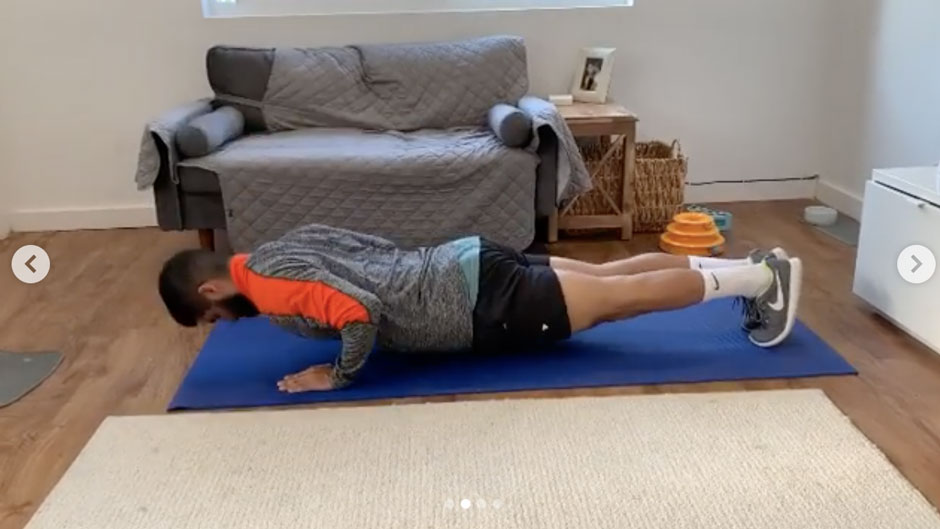There’s a new booming trend to stay fit during this era of social distancing and home isolation. Whether it is via Zoom, Instagram Live, Facebook, or YouTube, the gym industry has quickly turned to the internet to help continue and bring fitness into the homes of consumers. With the government urging people to stay home to slow the spread of COVID-19, the multibillion-dollar fitness-center industry has been dealt one of the harshest blows by the virus. Claudia Townsend, associate professor of marketing at the University of Miami Patti and Allan Herbert Business School, is impressed with the way businesses have been able to adapt during this difficult time.
“People are thinking outside the box and getting creative and innovative in this new space,” she said. “Everyone is scrambling right now. I’ve already seen some innovative tactics that companies are doing that are not exactly in their wheelhouse, and we’re only a couple days in,” she added.
At a local level, Philip Baier, who is the strength and conditioning coach for the Hurricanes’ men’s basketball team, never thought he would be training student-athletes from his home. Baier has turned to Twitter and Instagram to upload videos of workouts the basketball team can do to stay fit. In his latest recording, Baier offered five different at-home exercises using a stuffed bookbag filled with common household items such as canned foods and water bottles. He said, that as a coach, it has been a learning experience for him.
“It’s definitely made me more prepared to implement training sessions with less resources,” he said. “Ideally, I would love to be in our facilities at the U working with our team, but it’s allowed me to experiment with different modalities that I’m not traditionally used to.”
The Herbert Wellness Center is also working to provide many online resources to the University community. Claudia Martinez, marketing specialist for the Wellness Center, said that several instructors are taking it upon themselves to provide live workouts through Instagram, Twitter, Facebook, and YouTube. The department’s fitness team is currently working alongside their personal trainers to provide everyone with workouts and video demonstrations, regardless of their fitness levels.
“These instructors are making themselves easily accessible online to students and members of our UM community to help them destress during this time of uncertainty,” she stated.
Martinez noted that the team at the Herbert Wellness Center is currently working on creating more at-home workouts that people can do with little or no equipment. She urges anyone who is interested to visit the Herbert Wellness Center website or social media handles, where instructors who are leading a variety of online classes are tagged.
Although Baier believes the future of athletic training will not change after the world recovers from the virus, he does think the fitness-center industry will learn from this moment and work to offer more online classes in the future.
“For athletes, there is an element of training face-to-face with a certified coach that will maximize results, but I think companies will begin to offer classes online because of the convenience of it,” Baier said. “There are a lot of people who have crazy schedules, who may start to see positive results while using online workouts. It’s definitely opened some people’s eyes to realizing that they can get results other ways.”
Townsend agreed. She said that many gyms and boutique studios are now offering free classes and memberships to lure a wider customer base.
“It’s a wonderful thing to come together as a community through digital workouts, but this also attracts new customers,” she explained. “It’s called the premium business model. Memberships and classes are free at first, and then when this crisis is all over, maybe you can increase your customer base because you’ve created all these new relationships.”
Townsend thinks that people are going to come out of this situation being appreciative of what they can get out of an actual class in a gym setting; but on the other hand, she believes there are going to be big changes in consumer habits once people have been exposed to this new kind of working out.
“The big hurdle of this technology was getting people to have it set up and getting them comfortable with it,’’ she said. “And right now, consumers are being forced to do that. So, I think there will be some long-lasting effects.”

